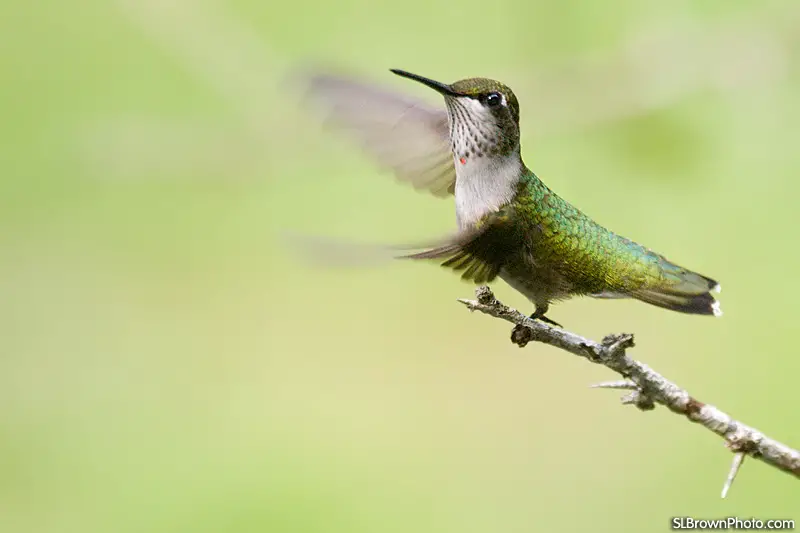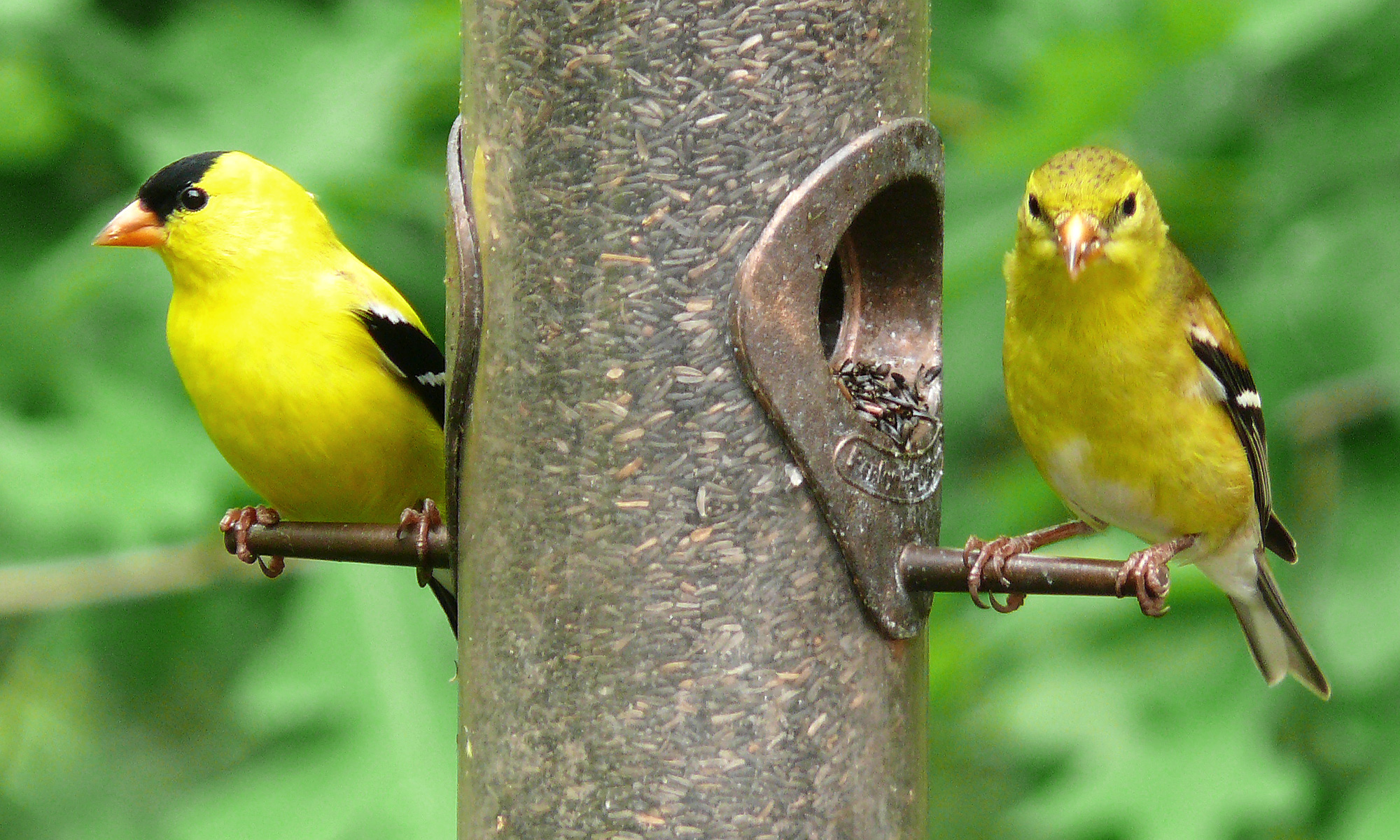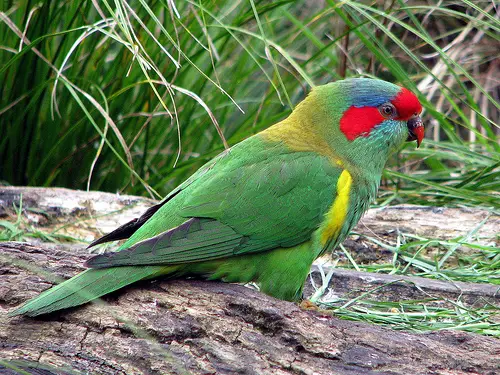Ruby-throated Hummingbird
The spectacular Ruby-throated Hummingbird, which also inhabits the Southern states of the U.S. is one of the most widely known hummingbirds. Thanks to the bright colours, many hummingbirds have been named after gems, and this is no exception – the Ruby-throated Hummingbird has been named after the colour of its neck.
This small bird nests in the Eastern part of North America, while spending its winter in Central America. Ruby-throated Hummingbird is relatively common, comparing to some of its relatives, who are so rare that information about them is available only from a few hundred year old information sources. Because of its spectacular appearance, the Ruby-throated Hummingbird was very popular exhibit in many collections in the 19th century, but, fortunately, this hasn’t damaged the bird’s population and they’re still quite widespread.
All the hummingbirds are known for their tiny size, and this species also reach only 10 cm in length. Hummingbirds use the largest amount of energy per mass, compared to their body mass of all vertebrates, thus their heart and lungs are extremely large. Ruby-throated Hummingbird’s heart beats 570 times per minute while resting and the hummingbird needs to eat food that is twice their weight, every day.
Despite their tiny size, Ruby-throated Hummingbirds measure great distances every year, from their nesting areas to the places where they spend the winter – more than 3000 kilometres in total. Hummingbirds have unique flying skills, which allow them to fly forward, backwards, vertically and stay at one place. They can move their wings in any direction, which grants them amazing maneuverability and agility in the air.
The unique flying skills allow the bird to circle around plants and suck nectar just like insects do. Ruby-throated Hummingbirds feed on the nectar of a total of 31 plant species, also distributing their pollen in the process. The bird can stay at one place in the air, sucking out the nectar, using the long beak and the tongue, which forms a kind of a straw. The hummingbird’s diet consists of nectar, because it contains sugars, which provide the bird with the so needed energy, as well as a variety of insects, that are rich with minerals, proteins and vitamins.
The first hummingbirds that reach the nesting area are the males. Each male chooses and occupy a territory. When the females arrive, the male beings a ritual fly and starts singing. If the female is attracted, the pair finds a place suited for nesting – usually in a treetop, and they construct a nest of lichen and spider webs. The eggs are laid in the period between March and July, depending on the air temperature. One to two eggs are laid at a time and they hatch after 16 days. The young birds are fed with nectar or small bugs, and after 22-24 days they become independent and leave the parents’ nest.






This is a great article, very interesting. I do believe however, that the hummingbirds diet is not strictly nectar.They need to eat insects for vitamins, minerals and protein. The nectar supplies them with all that energy.
http://www.hummingbird-guide/hummingbird-food.html
Indeed you are right, and I have corrected the article.
Thank you!